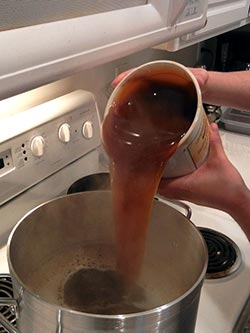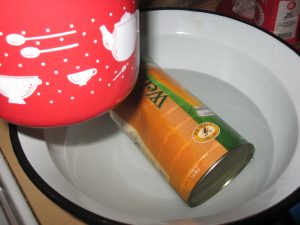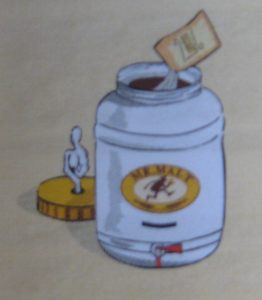

The large majority of the homebrewing community has experimented with extract and partial mash brewing at one point or another because of its accessibility. The initial investment is cheaper and the room for error is limited compared to all-grain brewing, making these methods the ideal choice for those getting their feet wet in homebrewing.

The Pros of Brewing with Malt Extract
1. Smaller Initial Investment Required
When brewing with malt extract you are not required to have a massive operation for the purposes of mashing down large amounts of grain. This means that the amount of equipment that you need to buy or even source from around your house is much smaller, which can in turn save your wallet.
2. Less Room for Error
As many have said, brewing is part art and part science. Though, you can’t have the art without having the science first. In other words, one must understand how the whole brewing process works before getting creative in modifying parts of the process or ingredient list.

With extract brewing the process is simpler mainly because you do not have to mash grain to create the wort or sparge to get the remaining sugars from the grain. These processes require additional monitoring of pH, temperature and gravity, among others, which creates more opportunity to miss the mark or create a batch that is slightly off from the intended result.
The extract brewing process includes fewer steps with fewer “moving parts” to have to keep an eye on making it an easier process for those that may not be well-versed in the ways of brewing.
3. Time
In addition to having to monitor less closely, extract brewing completely skips the mashing step because the sugars that are needed have already been derived and concentrated from the grain by the company that produces the malt extract. This saves you a considerable amount of time in the end because most likely you’re only left with steeping a small amount of grain, the boil/hop addition(s) and the cool down.
Original post by: learn.kegerator.com ; www.homebrewing.org

Leave a Reply
You must be logged in to post a comment.